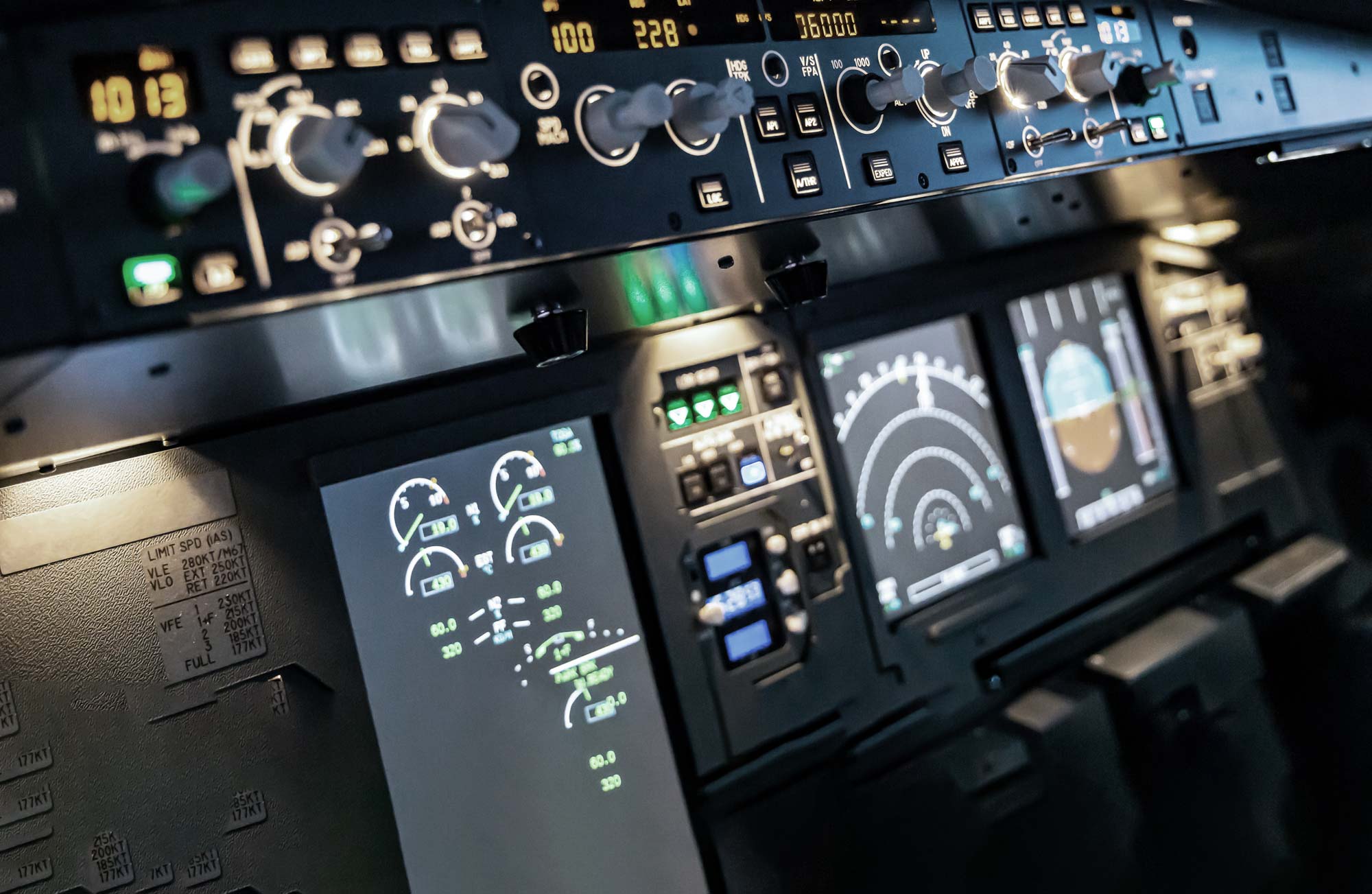
Non-directional beacon (NDB)
Overview: Systems Interface and NDB
Systems Interface has partnered with Nautel of Canada, designers and manufacturers of the leading Vector series of NDB.
Nautel's Vector series of NDB transmitters dramatically improve system effectiveness and feature a range of models with outputs from 10W to 2KW. The Vector NDBs feature state-of-the-art digital technology including extensive remote-control capability and operate on a frequency range of 190 kHz to 535 kHz with up to 1800 kHz of additional extended frequency.
The Vector range can be wall or floor mounted and are compliant with all relevant international standards including International Civil Aviation Organisation (ICAO).
Antenna Tuning Units (ATUs) supplied with the Vector range feature both automatic reactance matching and automatic resistance matching, meaning that field strength remains constant even when varying environmental conditions and ground conductivity would seriously compromise conventional NDB systems.
Understanding NDB: How Non-Directional Beacons work
Non-Directional Beacons (NDB) transmitters dramatically improve system effectiveness and feature a range of models with outputs from 10W to 20KW.
A non-directional beacon (NDB) is a low frequency radio transmitter that transmits a signal of equal strength in all directions. NDBs are often associated with Non-Precision Approach procedures. The signal contains a coded element which is used for station identification. Automatic Direction Finding (ADF) equipment on board aircraft uses bearings from NDBs for navigation purposes.